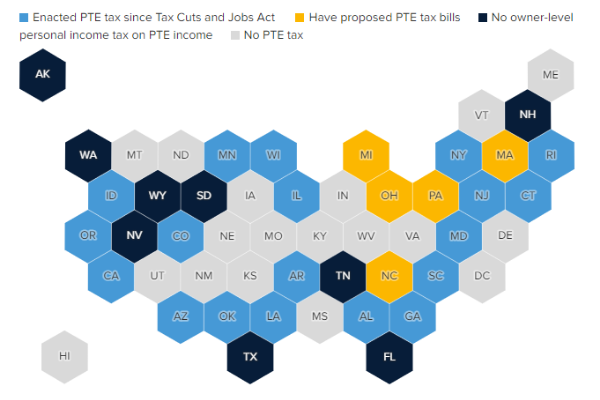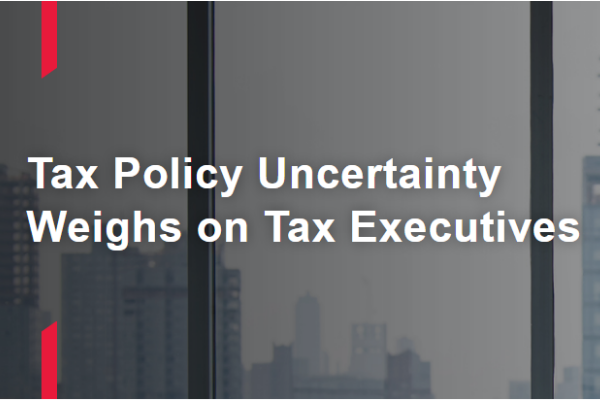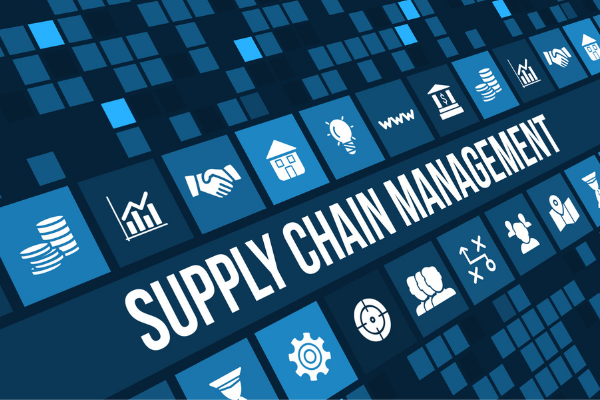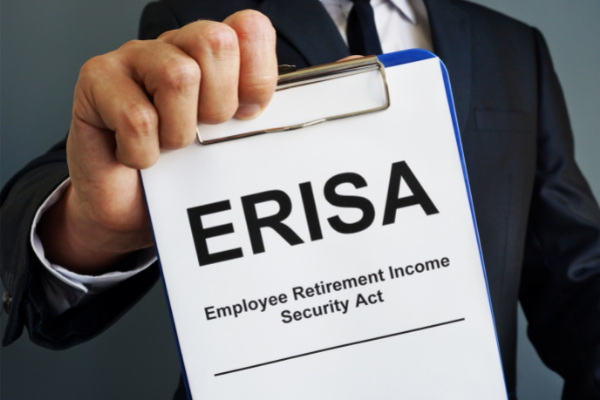
Bill Ushers in New Tax Amnesty Program, Other Changes
Kentucky HB 8 enacts a short-term tax amnesty program set to begin in October, and expands the list of services required to pay sales and use tax.

Kentucky HB 8 enacts a short-term tax amnesty program set to begin in October, and expands the list of services required to pay sales and use tax.

More than 20 states now allow pass-through entities (PTEs) to elect to be taxed at the entity level to help residents avoid the $10,000 limit on federal itemized deductions for state and local taxes, also known as the “SALT cap.”

Pooled Employer Plans (PEPs) were created to expand access to retirement benefits by addressing some of the restrictions and perceived drawbacks of multiple employer plans (MEPs) while creating additional benefits for PEP participants, such as tax credits and the “one bad apple” rule.

The 2022 BDO Tax Outlook Survey polled 150 middle market tax executives to find out more about the challenges they are facing, their outlook on the rapidly evolving global tax landscape and how they are planning to adapt to uncertainty in the upcoming year.

FASB ASU No. 2020-07 requires new disclosures and presentation standards for nonprofits for what is commonly known as gifts-in-kind.

” Location, location, location ” has long been the mantra of the real estate, and by extension, construction industries, but remote work, online shopping, and the decline in business travel are forcing owners and investors to reconsider.

Professional services M&A activity is at a fever pitch. What are the drivers – and impacts – of increased M&A activity and the unique factors that make advertising, architecture and legal firms such attractive targets?

While all signs point to the fact that, given the current makeup of the House and Senate, the Build Back Better bill on the table last fall is essentially lifeless, some of the policies contained in the bill may be back in play in 2022.

The pandemic exposed the fissures in global supply chain management with recent disruptions proving costly, complex and chronic. Manufacturers will likely continue to face headwinds in 2022, but there are options to minimize the impact with a little clarity, discipline and direction.

2021 was the first full year that the global economy cycled through the pandemic. What were the predictions for the real estate and construction industries, where did we actually end up, and where are we headed in 2022?

Abandoned 401k accounts aren’t just a potential issue for employees – they can lead to penalties and administrative challenges for employers too. How can plan sponsors limit the burden and risk?

The fintech marketplace has evolved rapidly and touched many sectors. Innovations with payment processing, wealth tech, and neobanks provide opportunities.

Most people are unaware of how their personal data is being collected, used, or shared in our increasingly digital society. As a business, it’s more important than ever to have a data privacy strategy to protect customers and employees and remain compliant with applicable regulations.

As 2022 kicks off and tax legislation continues to be stalled in Congress, the amendment to Internal Revenue Code (IRC) Section 174 originally introduced by the 2017 Tax Cuts and Jobs Act (TCJA) is now in effect.

While this article focuses on wealth and asset management firms, the tips for recovering from an attack can be helpful for all organizations. Learn ways to mitigate the damage with a holistic approach.

Many economists, business leaders and investors agree that some of the inflationary pressures being felt are temporary and normal for a recovering economy. Nevertheless, a proactive approach is advisable.

Final LIBOR transition regulations provide much needed guidance to those required to modify existing contracts to address the elimination of IBORs.

To help plan sponsors navigate the challenging road ahead, this 2022 ERISA Update focuses on four themes that plan sponsors should be keeping a close eye on this year.

The IRS has released two pieces of interim guidance on its revised administrative policy regarding valid research credit refund claims.

Final tip regulations limit the amount of time tipped employees can spend performing non-tip-producing work while still receiving cash wages as low as $2.13 per hour.